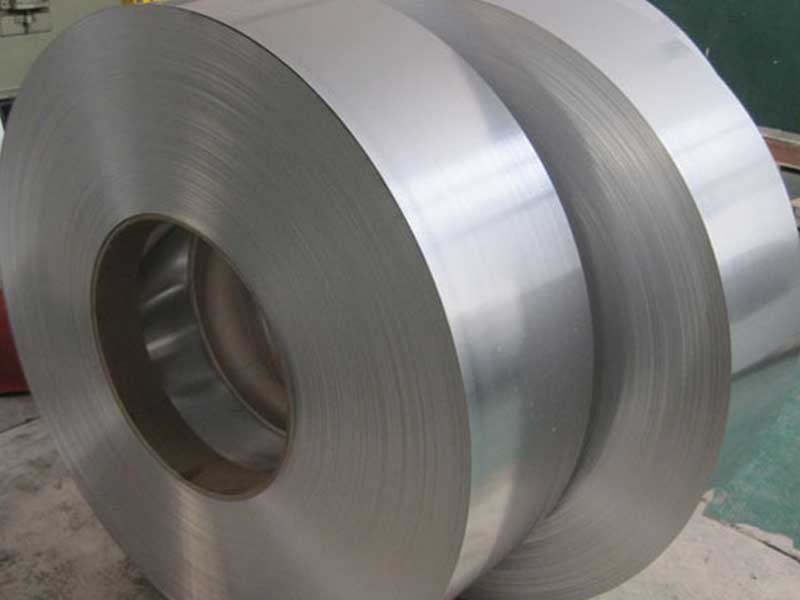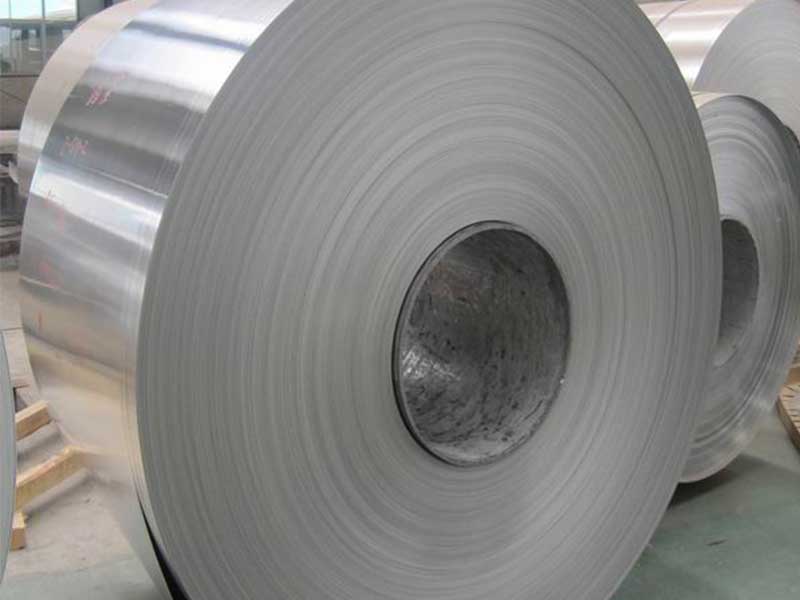The Ingenious Role of Aluminum Nose Wire Strips in Face Masks: A Technical Dive
In our quest for safety during the pandemic, masks became an essential guard against airborne microorganisms. Among their various components, one subtle yet crucial element, often overlooked, is the aluminum nose wire strip. This seemingly inconspicuous strip plays a significant role in enhancing mask efficacy, ensuring a comfortable fit, and maximizing overall user experience.
A Solid Foundation in Flexibility and Form
At first glance, the aluminum nose wire strip may look like a simple metallic line, but its contributions are profound. Made from an aluminum alloy, these strips possess an ideal blend of lightness and malleability. Certain aluminum grades are well-suited for this purpose due to their unique melt points and tensile strength*. This property enables the wire to be shaped and reshaped in ways that conform to varying facial structures, thus securing the mask snugly against the bridge of the nose.
Working with aluminum strip for various applications, I've found the production of aluminum nose wire for face masks presents unique challenges. The material requirements are quite stringent; the strip needs exceptional flexibility to conform comfortably to different nose shapes without cracking or breaking, yet must retain enough rigidity to provide a secure seal. This necessitates precise control over the temper and alloy composition during the rolling process. We frequently encounter issues with surface finish, as even microscopic imperfections can lead to discomfort or reduced mask effectiveness. Furthermore, the need for consistent width and thickness is paramount for automated mask assembly lines, demanding highly calibrated rolling and slitting operations. Maintaining tight tolerances while balancing production speed is a constant balancing act.
Beyond the material itself, the post-processing is crucial. The wire often needs further treatment, such as coating or anodizing, to improve its biocompatibility and prevent corrosion from sweat or humidity. This adds complexity to the manufacturing process and requires careful selection of compatible coatings that won’t interfere with the flexibility or durability of the aluminum. We've explored different coating options – some improved longevity but compromised flexibility, highlighting the delicate interplay between performance characteristics and manufacturing feasibility. Ultimately, optimizing the entire process from raw material selection to final coating requires a deep of metallurgy and a keen eye for detail to consistently deliver a high-quality product for such a critical application.
Aluminum allows for precise engineering - when manufactured for throat and nasal strips, they often carry specific benefits such as antimicrobial traits that inhibit mold and bacteria, a factor rising significantly in importance in pandemic-era design.
The Technical Advantage: Functionality Outfitters
Customization in wire profile is critical; the nose wire must not only follow the contour of the human face but also retain that form throughout use. Regarding dimensions, the aluminum wire provided to manufacturers typically ranges from 0.5 to 0.8 millimeters in diameter. This range strikes the perfect balance—it is robust enough to withstand daily wear without sacrificing comfort, while also being pliable enough to form effectively to different faces.
Another often-leading innovation is the detachable nose bridge. Innovations across varying manufacturers have attempted aligning corrosion resistance with flexibility, diversifying usage across multiple stylistic platforms and designs.
Health Impact: TM Program for Elementations
While we've previously discussed the structural dynamics of the aluminum nose wire strip, it's essential also to reflect on its health impact. Research shows that a well-fitted mask ensures users get fewer instances of face-pain, allergic reactions, and other prolonged discomforts often tied to masks. Enhancing seal integrity significantly helps prevent respiratory pathogens from making their way to an otherwise secured environment.
Health programs today advocate vigilant filtering, which adds more weight to why aluminum nose wires must retain structural integrity throughout prolonged use without swift degradation or substantial fatigue-induced loss in their path.
The Unprecedented Demand and Supply Chain
An escalating focus on face masks has led to renewed emphasis on the manufacturing of صنایع آلومینیوم-strict directives around mask comforts, leading to blossoming partnerships in aluminum supply chains worldwide. Unable to keep pace with this spike in consumer demand, many newfound firms tap into aluminum strip fatulous grids, battling for top spaces amidst budding tension-out dynamics.
Crucial Insight Anonymous:
In evaluating sustainable alternatives in manufacturing, EPE methods, considering elegant and clinical aspects, poised to overlook efficiency acknowledgment will allow power leaders and urban planners to understand much more than tactical usage. When produced inadequately, faulty nose wire applications could introduce additional health risks that may take different forms away from destined aims against checkpoints born in millennia of aluminum craftsmanship.











